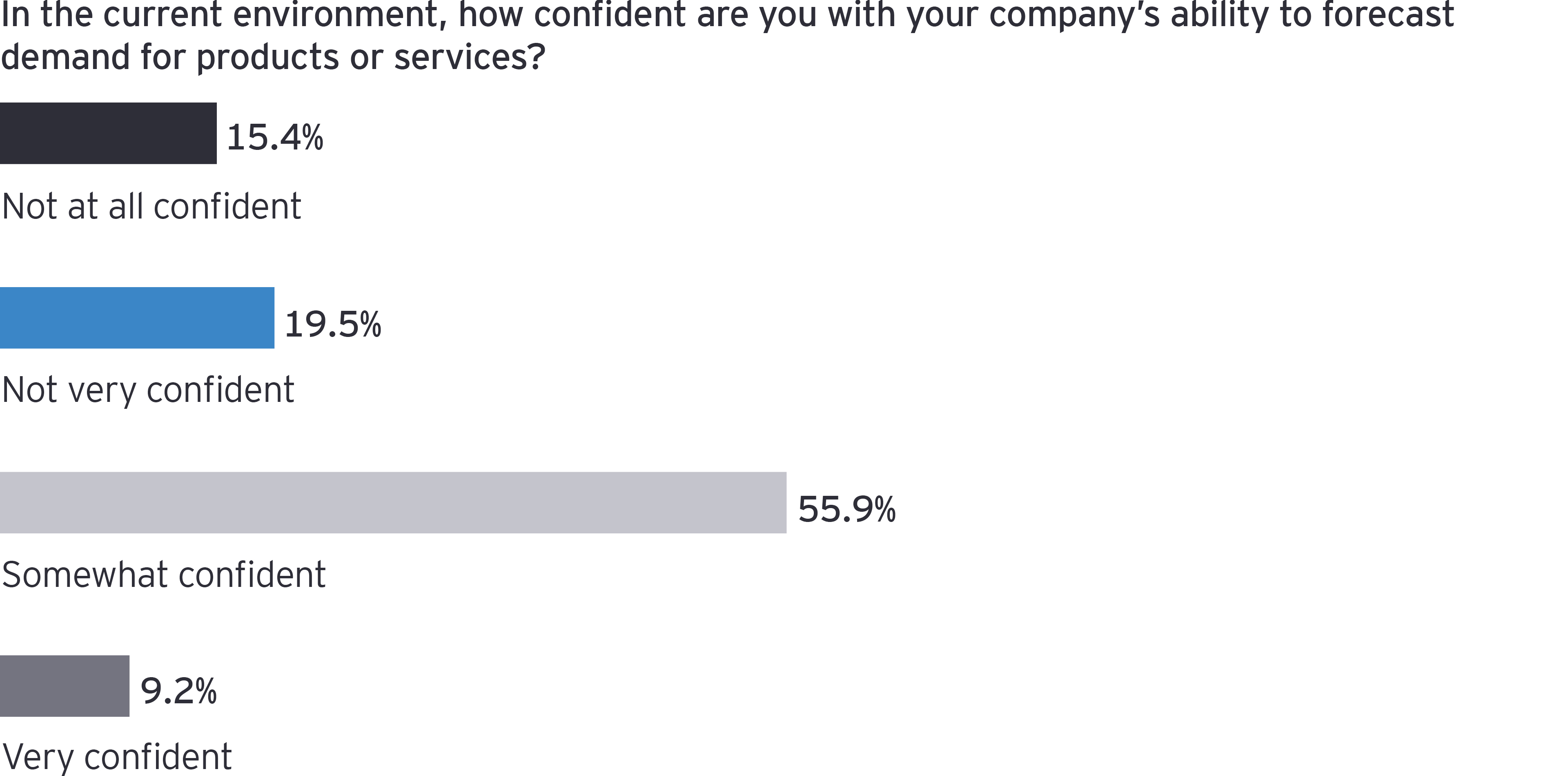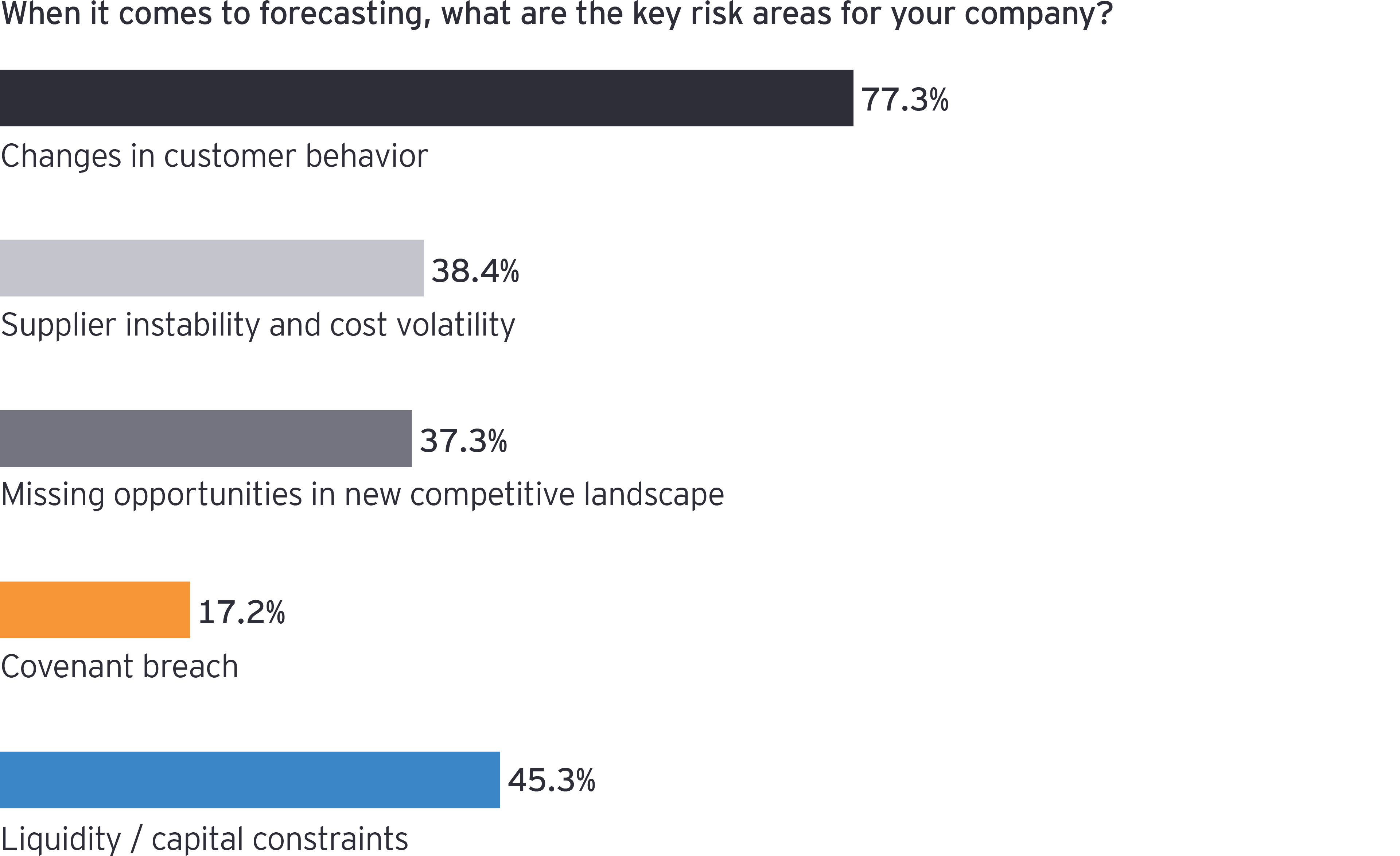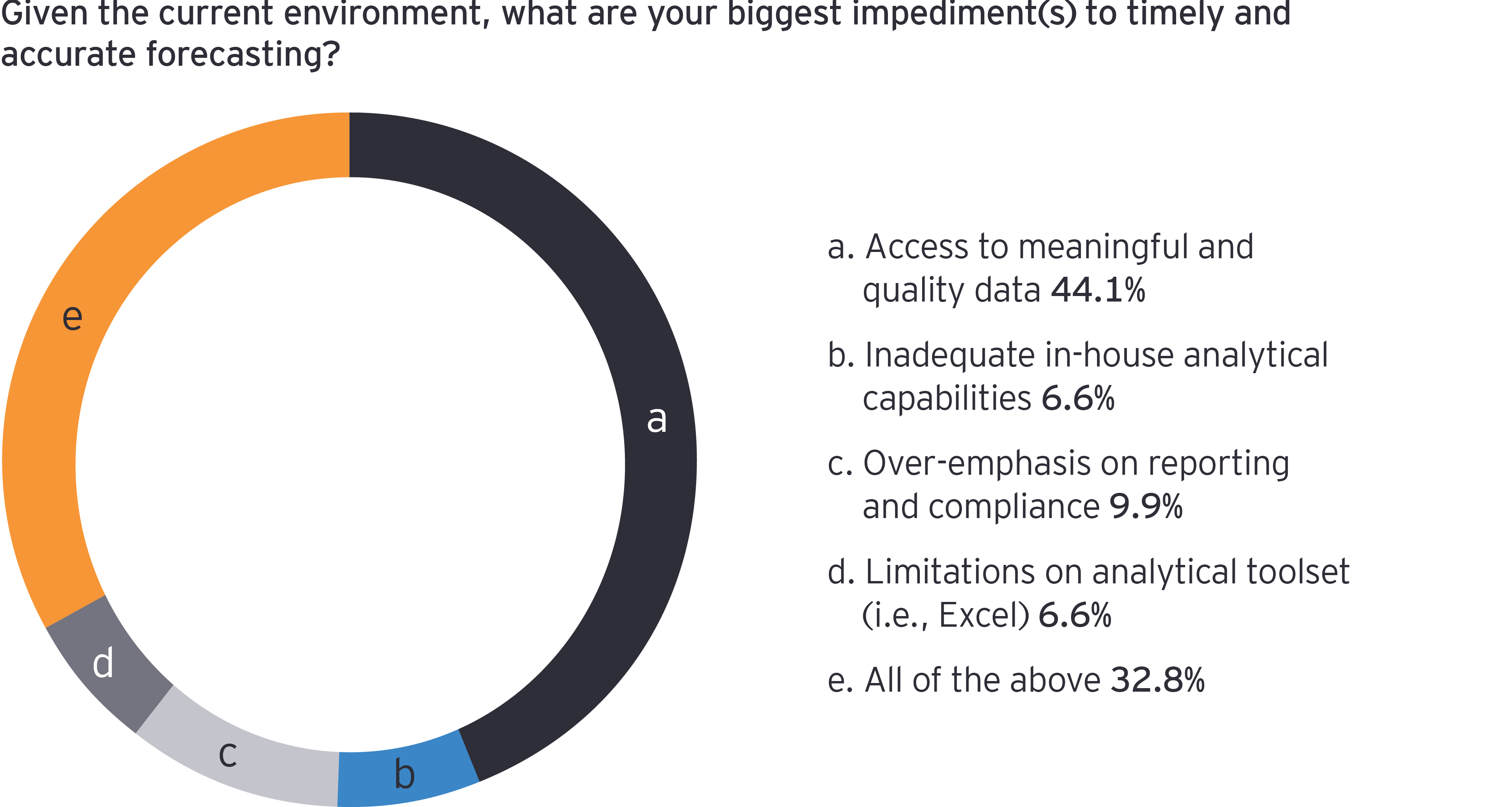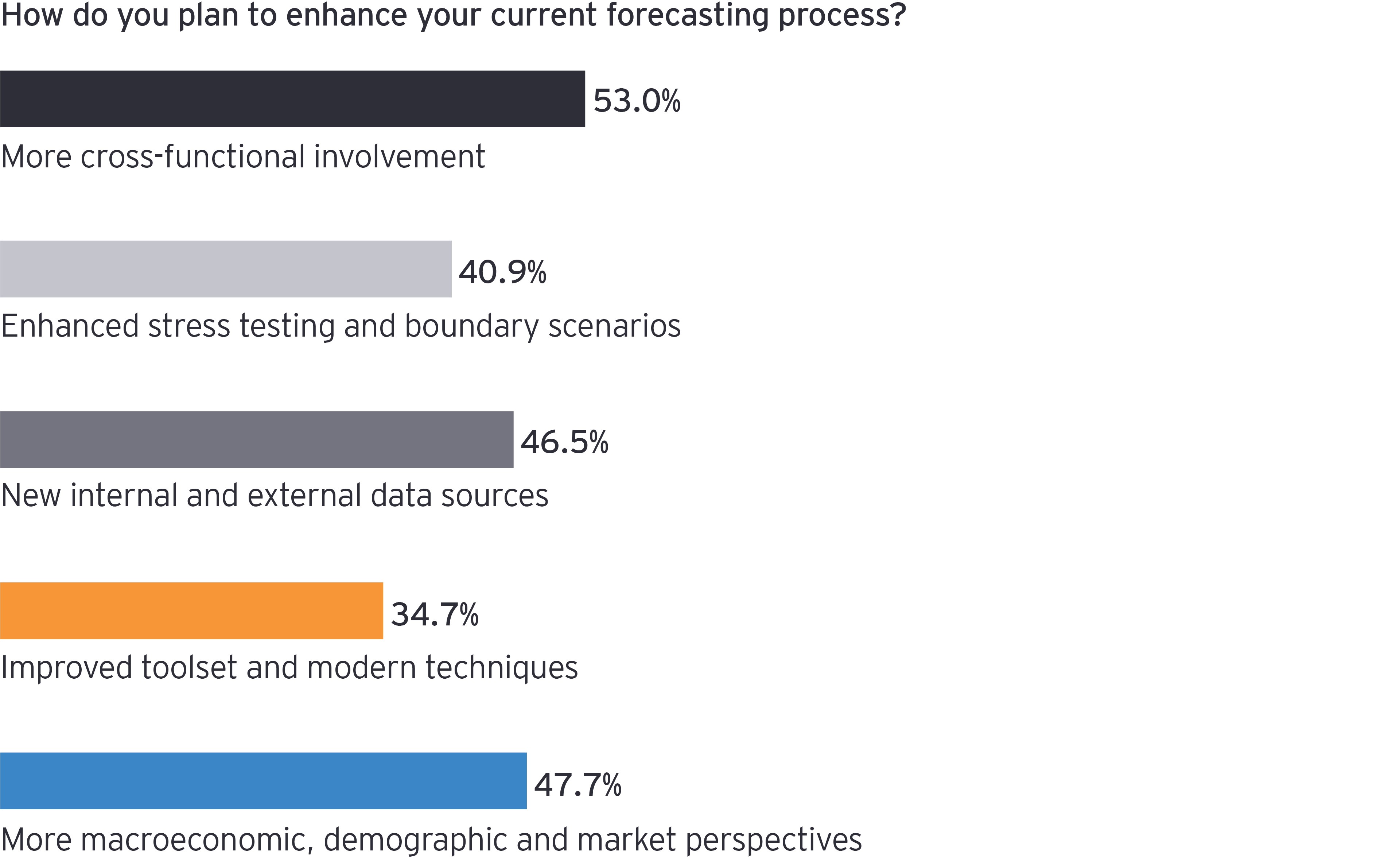Knowing their customers have become even more important as their circumstances and behavior have massively changed, how should companies adapt?
Change your data
The information used in the past may have become too static, too imprecise or no longer predictive. For example, low gas prices would normally correlate with increased restaurant traffic, but that relationship has obviously broken down.
In some businesses, social media analysis can be used to augment other data. Outside data on pandemic hot spots, weather data, government regulations, mobility data, consumer sentiment and other measures can be run through regression or more advanced artificial intelligence (AI) neural network models to see what can best be used to augment and inform company forecasts.
One consumer company we worked with brainstormed to decide which data they needed to augment their typical syndicated sales data and other inputs to develop a more accurate, timely forecast. Among the inputs they chose were weather data, cell phone tower data, social media mentions of their products and ZIP-code level unemployment data. Their finance team then performed a regression analysis to see which metrics would show causation. The result was more accurate forecasts that are now updated in hours, rather than weeks.
Identify where the data sits and “free” it
During our webcast, 44% of participants said access to meaningful and quality data was one of their biggest impediments to timely and accurate forecasting. When those that answered “all of the above” are included, more than three-quarters of participants saw access to meaningful and quality data as a significant issue.
In some cases, as mentioned above, the reason is likely that the data they have relied on in the past is not sufficient for the future. But we also know that in some cases, data is difficult to access because it is created and stored in business units, geographies and organizational functions and often outside of the corporation’s systems.
Companies need to establish a culture of quickly sharing data across the organization and put the systems such as centralized dashboards and alerting systems in place. These systems can regularly update the data for the finance and strategic forecasting teams, identify when foundational assumptions may have become questionable, and enable key decision makers to make informed choices more quickly.






